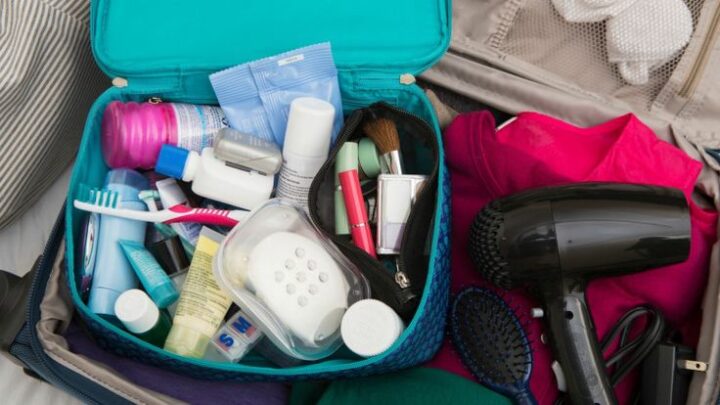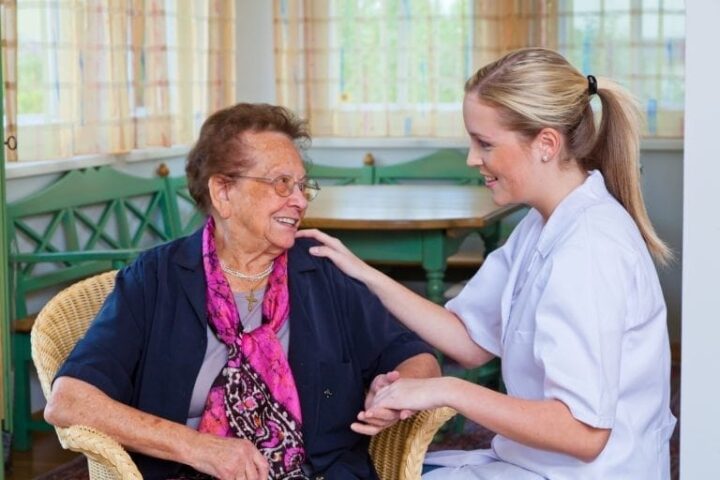Moving to an assisted living facility represents a significant life change, often accompanied by mixed emotions. It’s a step that involves downsizing and deciding what essentials are needed for this new phase of life. Planning what to pack can feel overwhelming, but with the right guidance, you can ensure that your new home feels comfortable and personalized. This blog post will explore essential items and considerations to help make the transition smoother and more comfortable.
Understanding the Space and Services Offered
When preparing for a move to a facility, the first step is understanding the physical space you will have. Most apartments are smaller than typical home settings and come with furniture.
It’s crucial to get the floor plan with exact dimensions to help decide what will fit and how you can make the space feel like home. Think about how to best use the space for both functionality and comfort, considering mobility aids or medical equipment if needed.
Residential assisted living offers a range of services and amenities that can significantly impact what you need to bring. Many provide meals, housekeeping, laundry services, and health monitoring. Familiarize yourself with these services as they can reduce the number of items necessary to pack.
For example, if the facility offers laundry services, you might not need as many clothes. Knowing these details helps tailor your packing list to include only what you truly need, ensuring your new home is clutter-free and comfortable.
Personal Care Items

Choosing the right clothing to bring along is vital. Pack enough clothes to have a variety for different seasons and occasions, but remember storage space is limited. Include comfortable, easy-to-wear clothes that don’t require special care (think wrinkle-free and washable fabrics). Footwear should be comfortable, supportive, and safe, with non-slip soles to prevent falls.
While basic toiletries are a must—like toothpaste, toothbrush, shampoo, and soap—it’s also important to pack personal health items such as glasses, hearing aids, dentures, and any specialized skincare products. Check with the facility about medical storage policies, especially for items like insulin or other refrigerated medications. Remember to include a list of all medications, along with dosages and schedules, to share with the facility staff.
Comforts of Home
Bringing personal items can help make an unfamiliar space feel like home. Consider small keepsakes like photos, a favorite throw blanket, or a small collection of books. Wall art, like paintings or photos, can brighten up the space without taking up floor area. However, check with the facility about any restrictions on wall hangings or other decorations.
Important Documents and Finances

Ensure all important documents are safely packed and easy to access. This includes personal identification, health insurance information, and any advance directives or living wills. It’s also prudent to have a list of emergency contacts, including family members, doctors, and anyone else involved in your care.
Consider how you’ll manage finances while in assisted living. This may involve setting up direct deposits for your social security or pension checks, and discussing financial arrangements with a trusted family member or financial advisor. It’s also helpful to bring a small safe or lockbox for storing valuables and important papers within your residence.
Preparing for Emotional Transitions
Moving to a facility is a major life event that can bring about a mix of emotions, from relief to sadness. Acknowledge these feelings and consider discussing them with family, friends, or a counselor to help process the changes. Maintaining relationships is crucial for emotional health.
Plan how you will keep in touch with family and friends, whether through regular visits, phone calls, or video chats. This can make the transition smoother and help alleviate feelings of isolation or loneliness.
Finally, look forward to the new opportunities that it can offer. Many facilities have a vibrant community life with social events, classes, and clubs. Engaging in these activities can provide a sense of community and belonging, helping you to settle in and enjoy this new chapter of life.
Planning for Meals and Nutrition

Most assisted living facilities offer comprehensive meal plans that include nutritious options tailored to various dietary needs. Before moving, inquire about the dining schedule, menu choices, and how the facility accommodates special dietary requirements such as low-sodium or diabetic-friendly meals. This information can help you decide whether to pack supplementary snacks or special dietary foods.
If your new living space includes a kitchenette, consider which essentials you’ll need to make simple meals or snacks. A small microwave, coffee maker, and a set of dishes can be useful for times when you prefer to eat in your apartment. However, remember to confirm what appliances are already provided to avoid duplicacies and clutter.
Managing Medications and Health Care
These facilities typically offer medication management services, but it’s important to discuss your specific needs with the health services team beforehand. Provide a comprehensive list of your medications, including dosages and timing, and clarify how they will be administered. This ensures continuity in your healthcare regimen and avoids any potential conflicts or issues.
For those with chronic conditions that require regular monitoring, such as diabetes or hypertension, it’s essential to bring the necessary medical equipment. Items like blood pressure monitors, blood glucose meters, and any other specialized health monitoring devices should be packed. Check if the facility’s staff is trained to assist with these devices or if you’ll manage them independently.
Security and Safety Features

Safety is a paramount concern in assisted living facilities, especially for seniors with limited mobility. Before moving, ensure that your new home is equipped with safety features like grab bars in the bathroom, non-slip floors, and adequate lighting. If these are not already installed, discuss with the facility about making the necessary modifications prior to your move.
Adapting to Community Life
One of the benefits of an assisted living facility is the community aspect it offers. Upon arrival, take the time to learn about the scheduled activities and social events. Participating in these can not only enrich your social life but also help in adapting more quickly to the new environment. Whether it’s art classes, movie nights, or group outings, there’s typically something to suit everyone’s interests.
Conclusion
In conclusion, moving to an assisted living facility requires thoughtful preparation and careful packing. By considering the space, the services available, personal needs, and emotional aspects, you can ensure that your new environment is both comforting and functional. Remember, this move is not just about relocating your belongings but also about transitioning to a lifestyle that offers support, community, and ease.

